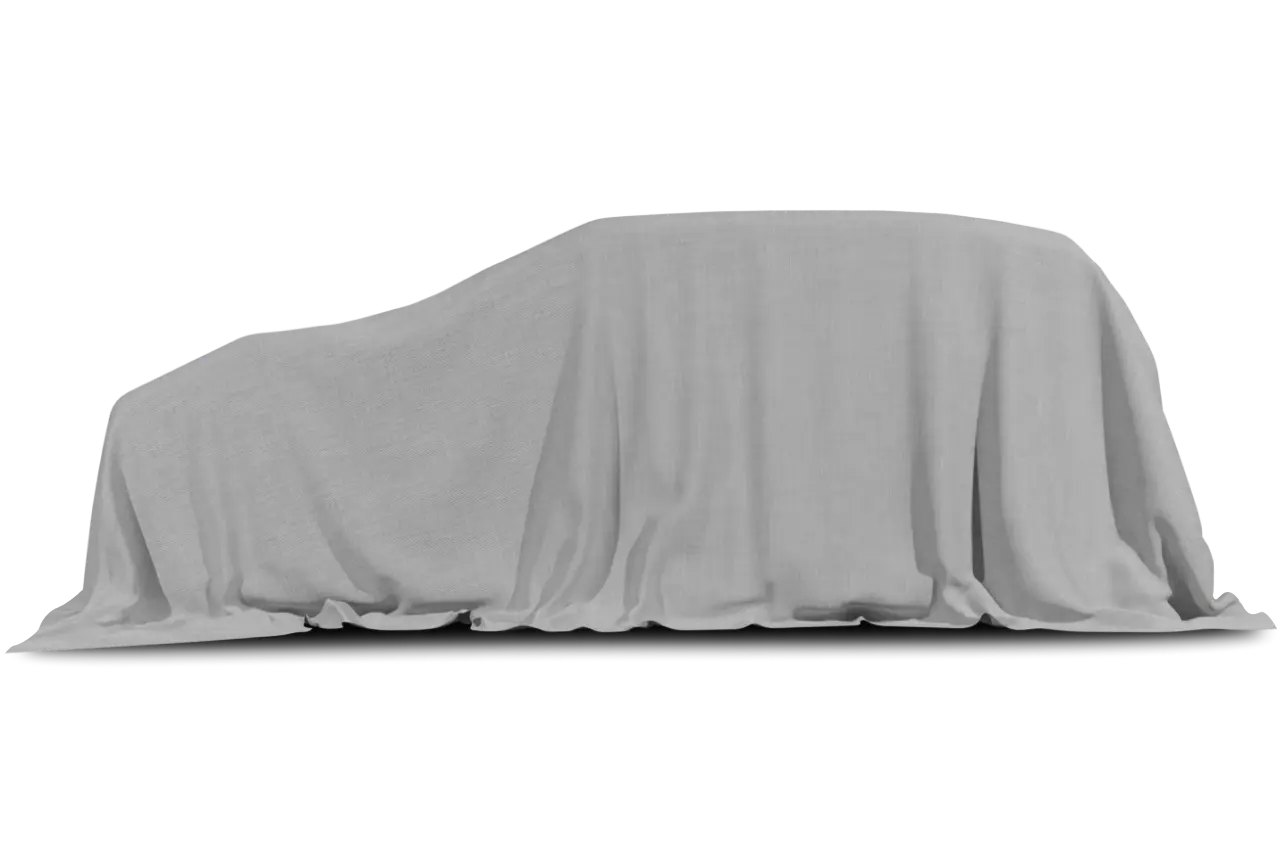
As gasoline prices have soared this year, consumers have turned to more-fuel-efficient vehicles, often leaving their once-loved big SUVs behind.
But car shoppers aren’t all buying those subcompact sedans and hatchbacks that get the best fuel economy, but which offer little in the way of space and comfort – particularly when compared with the midsize and larger sport utilities that consumers had become used to.
There is middle ground between those econoboxes and their great mileage ratings, and the big SUVs with their dismal EPA estimates.
One alternative that consumers have increasingly embraced is the Chevrolet HHR, a compact crossover sport utility wagon with retro styling (think: GM’s version of the Chrysler PT Cruiser).
Built on the same architecture as the Chevy Cobalt compact sedan and coupe, the HHR has a roomy interior, and, yes, decent fuel economy: as high as 22 miles per gallon city/32 highway for the base model, and 19 city/29 highway for our test vehicle, the top-of-the-line, performance-oriented Super Sport or SS version with automatic transmission (21/29 with manual).
Even the SS model’s mileage is better than that of most SUVs and crossovers, especially the midsize or larger ones.
The SS is meant for those who want more excitement in a vehicle than what the base model can provide. But unlike Chevrolet’s traditional Super Sport models, the HHR is not all that much of a high-performance vehicle.
Using a turbocharged version of the 2.0-liter four-cylinder engine found in a number of other GM vehicles, the HHR Super Sport offers 260 horsepower and 260 foot-pounds of torque when connected to the standard five-speed manual gearbox.
Horsepower drops to just 235 horsepower and torque to 223 foot-pounds when the car comes with the optional four-speed automatic transmission ($1,000), which was included on our test vehicle.
Because GM had no automatic transmission that would both fit in the HHR and be capable of handling the torque of the higher-output engine, the automatic model had to be de-tuned to the lower horsepower, the automaker said.
Either horsepower rating is considerably higher than the 155 of the base (2009) HHR, which has a normally aspirated 2.2-liter four-cylinder, or the 2.4-liter four in the midlevel model, rated at 172 horsepower.
Among compact crossover utility vehicles, the HHR SS isn’t as powerful as the V-6 version of the Toyota RAV4, for instance, which boasts 269 horsepower even with its automatic transmission. But the HHR Super Sport does have slightly better highway fuel economy.
Of course, you really don’t need the extra horsepower of the SS model to have a nice HHR; even the base model has adequate power for most people’s needs.
But the SS model does offer a large measure of additional fun, and you still get the HHR’s cool styling, which is reminiscent of a 1940s-vintage Chevy panel truck or early Suburban.
The 2008 HHR Super Sport has a base price of $22,995 plus $640 freight ($23,830 plus $660 freight for 2009), while the base 2008 model begins at $16,730. The HHR SS has the same front-wheel-drive configuration of the base model.
GM designed the HHR Super Sport to show that it can still build excitement in its vehicles, the automaker said.
The manual-transmission SS model can go from zero to 60 mph in just 6.3 seconds, and has more power than the base Chevy Corvettes had before 1992.
Besides the engine, performance improvements include a sport-tuned suspension with heavier stabilizer bars, four-wheel antilock disc brakes, and tighter, more-responsive steering. The SS differs from the other HHR models in both its exterior and interior styling as well.
On the exterior, the car has special SS badging, unique front upper and lower grilles, painted black with body-color trim; revised fascias; 18-inch polished wheels with Michelin 225/45-18 all-season tires; new rocker panels that are extended and more curved than those on the regular HHR; and a rear spoiler.
The chrome door handles of the regular model have been replaced by body-color handles, and the rear “bumperettes” of the other models were left off. Inside, the power-window switches were moved from the center console to the doors, a change that also will appear on the regular 2009 HHR models, which are now on their way to dealers.
Also included are a unique new instrument cluster, a performance driver’s seatback, and the option of a no-charge upgrade to a full performance-style driver’s seat.
While the speedometer reads only up to 140 mph, the manual-transmission model can go slightly faster than 150 mph, GM said. The automatic version is electronically governed to a top speed of 130.
Available interior colors are ebony on ebony, light gray, and red with ebony inserts.
There are three driver-selectable modes for the electronic handling and stability control system – off, normal and competitive. The manual gearbox comes with a special “no-lift shift” feature that lets the driver depress the clutch and shift into higher gears without letting up on the accelerator. This feature was designed to allow the car to maintain its momentum through shifting.
The brakes have been upgraded as well, and there are optional Brembo brakes available for those who want even more stopping power.
Acceleration is quite brisk, and I found handling to be surprisingly agile for a car with this much space and utility. GM took the manual gearbox from its Swedish powertrain division, and the sport suspension was tuned at Germany’s famous Nurburgring racetrack.
The HHR has enough room for up to five people, and there is 25.2 cubic feet of cargo space behind the second seat. That’s much more than even most large sedans.
Besides the passenger model, there also is a new panel-truck SS version for 2009, with a base price of $24,150 (plus freight). It’s designed for business applications or for enthusiasts who like the panel-truck body style and don’t need the rear passenger seat. That model has no side windows, and no exterior handles for the rear side doors.
Our test model, the 2008 passenger version of the SS, came with several options, including the automatic transmission, a limited-slip differential ($495), upgraded audio system with CD changer ($295), XM satellite radio ($200), front and rear side-curtain air bags ($395), and a power sunroof ($750).
With options and freight, total sticker was $26,700.
The automotive columns of G. Chambers Williams III have appeared regularly in the Star-Telegram since 1995. Contact him at 210-250-3236; chambers@star-teegram.com.
2008/2009 Chevrolet HHR
The package: Compact, five-door, four-cylinder, front-wheel-drive, five- or two-passenger sport utility wagon or panel truck.
Highlights: New for 2008 is the Super Sport or SS version of the retro-styled HHR compact crossover, which comes in passenger and panel-truck versions. It adds a large measure of fun with its turbocharged engine.
Negatives: Can get pricey with all the options, but the base model is economical to buy and operate.
Engine: 2.2-liter inline four-cylinder; 2.4-liter inline four; 2.0-liter turbocharged inline four.
Transmission: Five-speed manual standard; four-speed automatic optional ($1,000).
Power/torque: 155 HP./152 foot-pounds (2.2-liter); 172 HP./167 foot-pounds (2.4-liter); 260 HP./260 foot-pounds (2.0-manual); 235 HP./223 foot-pounds (2.0-automatic).
Brakes, front/rear: Disc/drum, antilock optional; disc/disc, antilock standard, SS.
Side air bags: Front and rear side curtains optional.
Vehicle stability control: Not available.
Length: 176.2 inches.
Cargo capacity: 25.2 cubic feet (57.7 with rear seat folded).
Curb weight: 3,155-3,353 pounds.
Fuel capacity/type: 16.2 gallons/unleaded regular (premium recommended but not required, SS model).
EPA fuel economy: 19-22 miles per gallon city/29-32 highway.
Major competitors: Chrysler PT Cruiser, Scion xB.
Base price range: $16,730-$22,925 plus $640 freight (2008 models); $17,930-$24,150 plus $660 freight (2009).
Price as tested: $26,700 including freight and options (2008 SS passenger model with automatic).
On the Road rating: 8.4 (of a possible 10).
Prices shown are manufacturer’s suggested retail; actual selling price may vary.














































